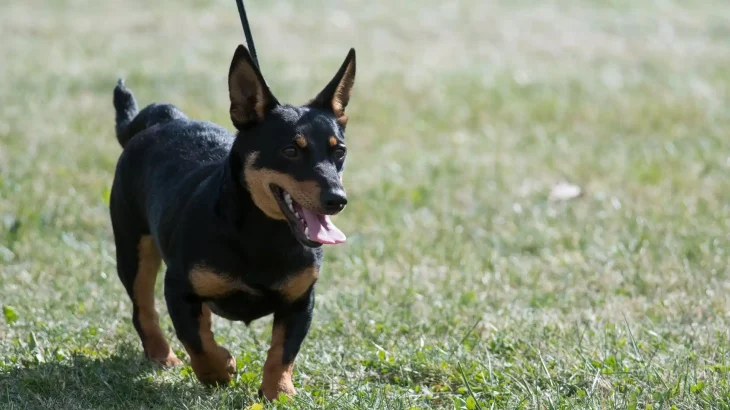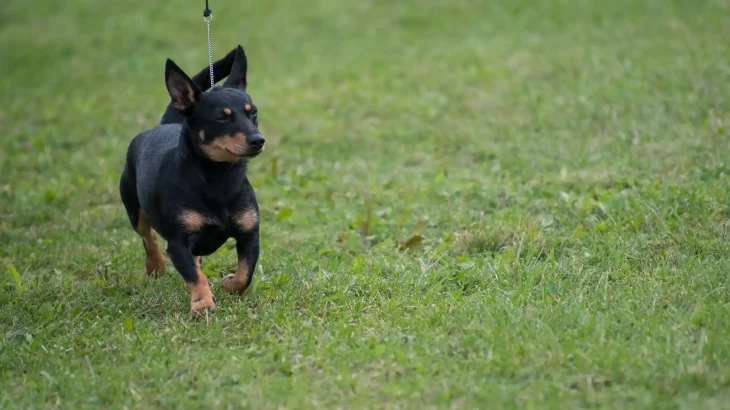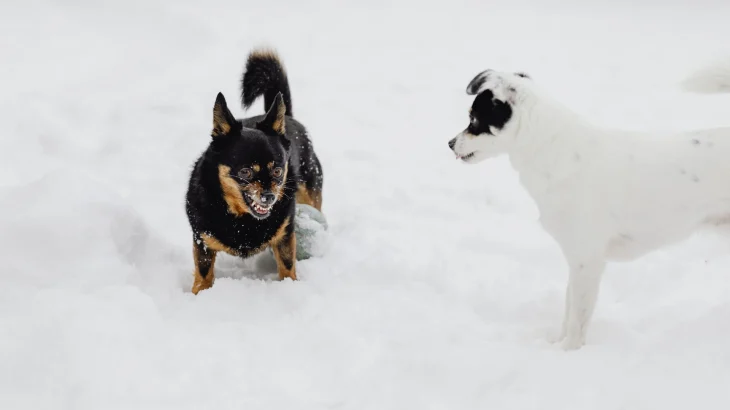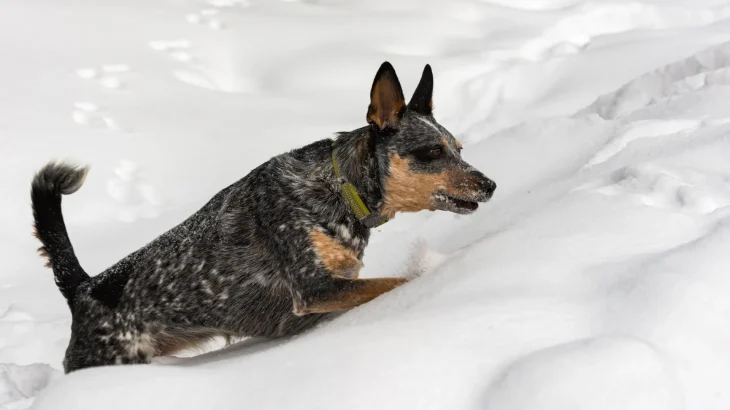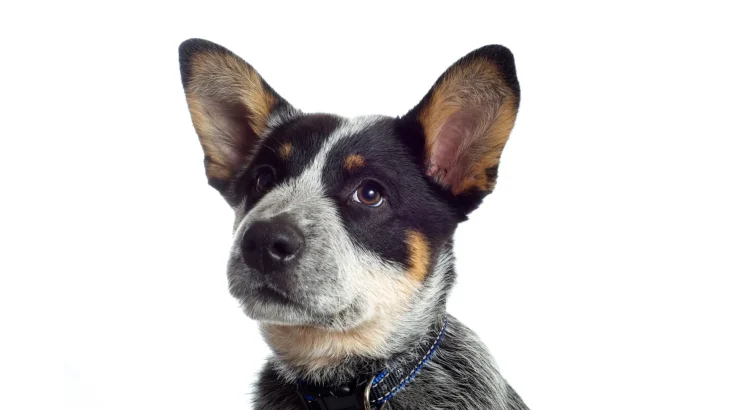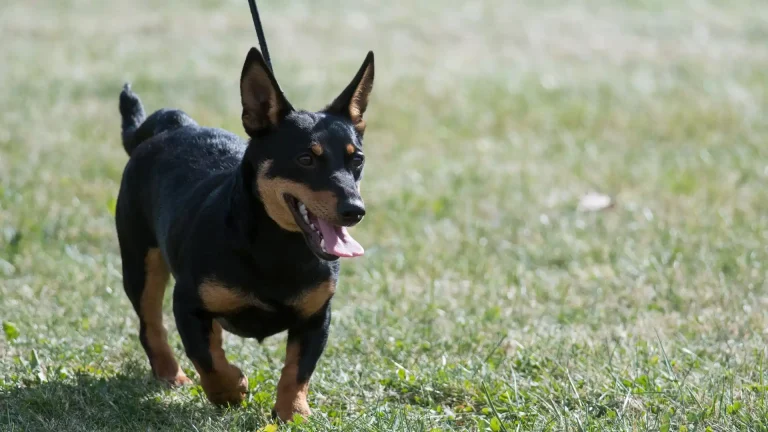Choosing between adopting or purchasing a Lancashire Heeler puppy involves weighing factors like availability and breed specificity. Since Lancashire Heelers are a rare and in-demand breed, they are rarely found in shelters, making purchasing from a reputable breeder the primary option. However, adopting might not be feasible given the limited rescue availability for this breed.
Adoption vs. Breeder: Pros & Cons
| Criteria | Buying from Breeder | Adopting from Shelter/Rescue |
|---|---|---|
| Cost | Higher cost, typically $1,800 to $2,500 for a purebred Lancashire Heeler puppy. | Lower or nominal adoption fees; Lancashire Heelers are rarely available for adoption. |
| Health History | Detailed health screening and genetic testing usually provided. | Health history may be incomplete or unknown; basic checks performed. |
| Age Availability | Primarily puppies, allowing early training and bonding. | Varies widely, may include adults; rare for this breed. |
| Temperament Insight | Breeders can share lineage and expected temperament traits. | Staff may offer behavior observations; background often limited. |
| Supporting Practices | Supports breed preservation through responsible breeding. | Supports animal welfare by providing homes to dogs in need. |
| Ethical Considerations | Choose ethical breeders committed to health and temperament standards. | Adoption helps combat pet overpopulation, though breed availability is limited. |

